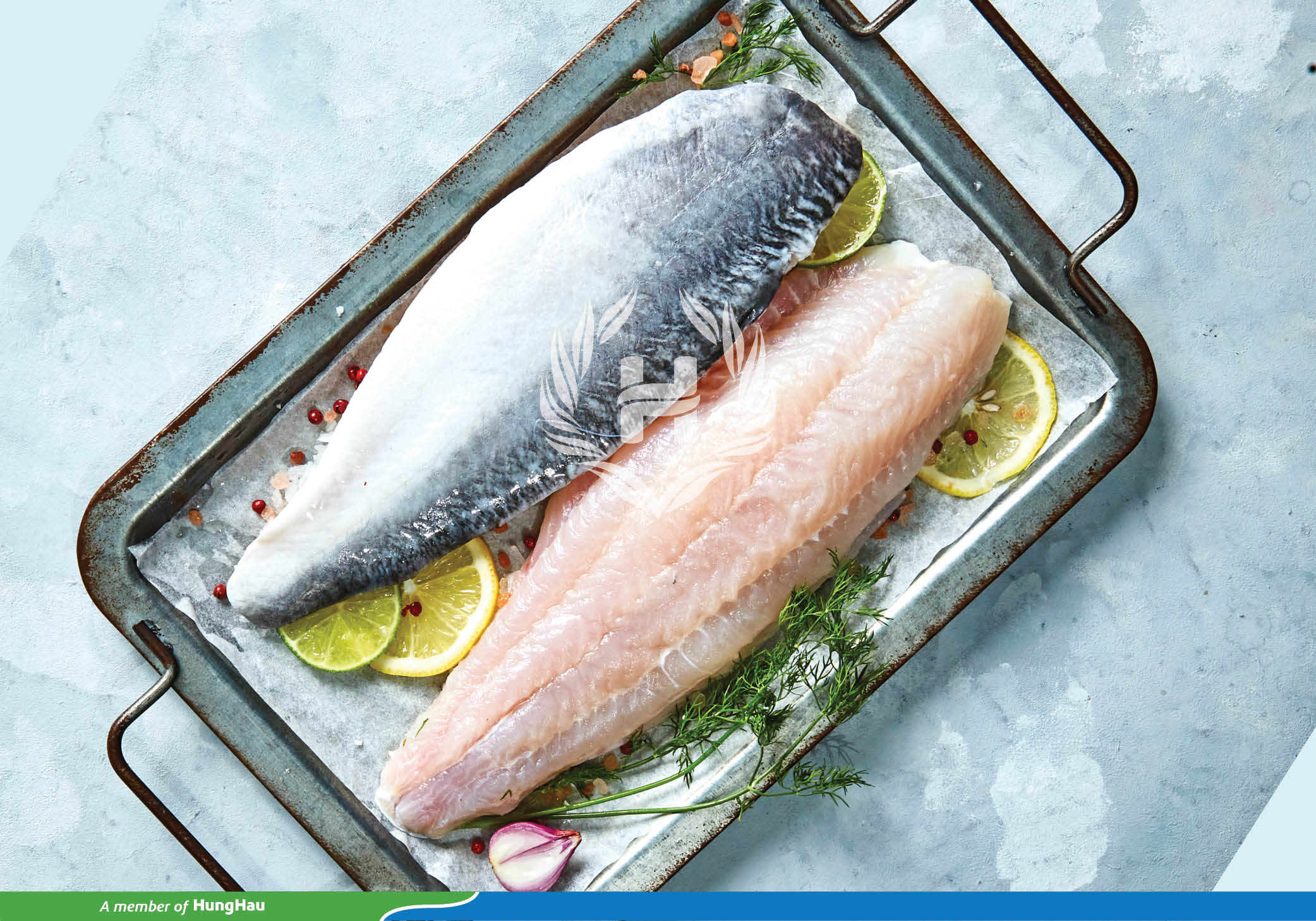Vietnam Seafood
Vietnam’s seafood industry: The record of 10 billion USD and challenges ahead
By the end of October, Vietnam’s seafood exports had reached over US$9.4 billion, up 33% over the same period last year. Export turnover of key sectors recorded double-digit growth over the same period last year.
The impressive growth of 77% and the turnover of 2.1 billion USD in the past 10 months has helped the pangasius industry become one of the main export products, accounting for nearly 23%. Meanwhile, in the same period in 2021, pangasius only accounted for 17% of total seafood exports. The average export price of pangasius increased the most, 50% over the same period. The Russia-Ukraine conflict has caused the shortage of whitefish and created opportunities for Vietnam’s pangasius to increase market share. These are the two main factors promoting pangasius exports to increase sharply in recent years.
For the shrimp industry, although it still increased by 18% and brought in the highest export value of nearly 3.8 billion USD, the proportion of the shrimp industry this year was 40%, 5% lower than the same period last year. Shrimp exports increased sharply in the first 5 months of the year, then slowed down, even decreased over the same period in a number of months. In the second half of the year, shrimp exports declined due to a decrease in market demand and a lack of domestic raw materials. The average shrimp export price did not increase as strongly as pangasius because of the competitiveness with Ecuador and India.Tuna exports will certainly reach a record of USD 1 billion in 2022. By the end of October this sector had earned USD 884 million, up 49% and accounting for 9.4% of total seafood exports, higher than 8, 4% in the same period last year.
Export of cephalopods also increased by 33%, reaching 630 million USD. In which, squid exports brought in 354 million USD, octopus exports reached 277 million USD.
Exports of other fishes, mainly marine fish, accounted for 18% with $1.7 billion, up 25% over the same period. In which, fish cakes, surimi exports reached over 350 million USD. Other fishes with significant export turnover include: salmon, anchovies, scads, seabass, pollock, saba, herring, cod,etc.
Seafood exports slowed down in the second half of the year, especially from the fourth quarter, because of the record high inflation, import demand of goods in general and seafood in particular decreased. Many markets face 40-year record inflation with sharp increases in energy and food prices. In some countries like the UK, the low-income consumers even have to skip meals .
Therefore, not only high-priced items have decreased in demand, but also affordable items such as pangasius, fish cakes, and surimi have also followed a deep decline.
However, with positive results until the end of the third quarter, Vietnam seafood exports in 2022 will still reach a record number of nearly 11 billion USD.

In 2023, there will still be challenges that hinder the growth of the seafood export industry.
The world economy is in recession, the demand for goods and food in general and aquatic products in particular will be affected in the direction of decreasing import volume and price compared to 2022.
Domestic inflation and rising production and petroleum costs will negatively affect the prices and the competitiveness of aquatic products. Demand in the major market slows down, many importers cancel/delay receiving goods, leading to an increase in storage and other logistics costs.
Enterprises lack capital to rotate production and purchase raw materials for farmers and fishermen. It is difficult for both businesses and farmers to access loans due to the fact that banks have closed all credit rooms and delayed disbursement. This will severely affect the whole industry in the coming time, leading to production stagnation, lack of raw materials, lack of capital to invest in production, processing and export.
Lack of labor for the fishery industry is also a big problem. Besides, the IUU yellow card has not been removed, which will continue to affect seafood exports to the EU market.
The Russia-Ukraine conflict has dealt a severe blow to the European and American economies, especially G7 countries such as Britain and Italy. Experts have also forecast that the economies of these countries will be worse next year. These are important import markets of Vietnamese seafood, so it is forecasted that exports to the US, EU and UK in 2023 will decrease sharply.
Toward this hard situation, the seafood business community expects the companionship of the Government from agencies and sectors to create favorable conditions and help enterprises overcome difficulties.



 Tiếng Việt
Tiếng Việt